Australian national treasure - kangaroo
Kangaroos are undoubtedly the most prominent and iconic animal endemic to Australia. They are mainly found in parts of mainland Australia and Papua New Guinea. They are more numerous in Australia than humans. They use their powerful hind legs to jump 15 feet at a time. distance. The kangaroo is Australia's national symbol and the only mammal whose main method of locomotion is jumping. Different species of kangaroos live in a variety of natural environments across Australia, from cool-climate rainforests and desert plains to tropical areas. Kangaroos are the highest and furthest jumping mammals.
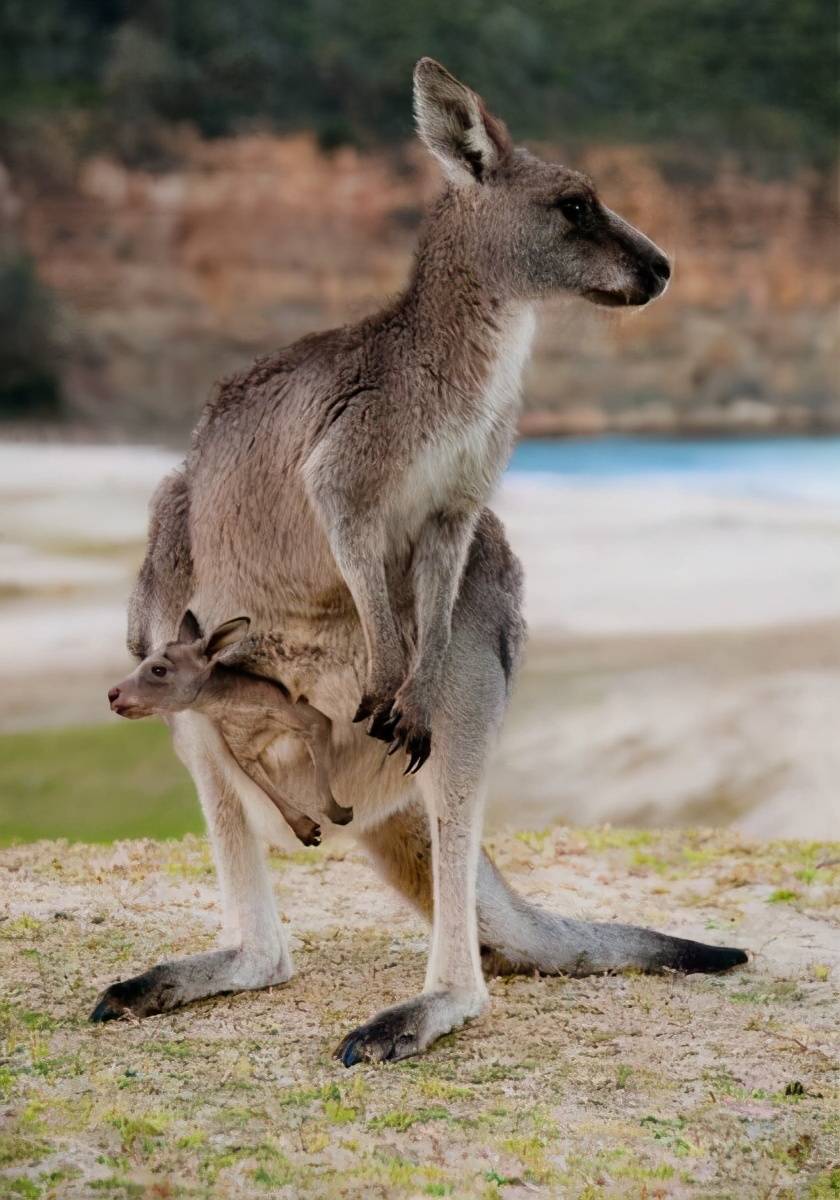
kangaroo
Australia's national treasure - koala
Koalas usually live in eucalyptus forests and have gray or brown fur. They can live for long periods of time without water and obtain most of their water needs from the eucalyptus leaves they eat. This species is about 60cm to 85cm long and weighs about 14kg. They sleep 18 hours a day, have a docile temperament and a simple and honest body.
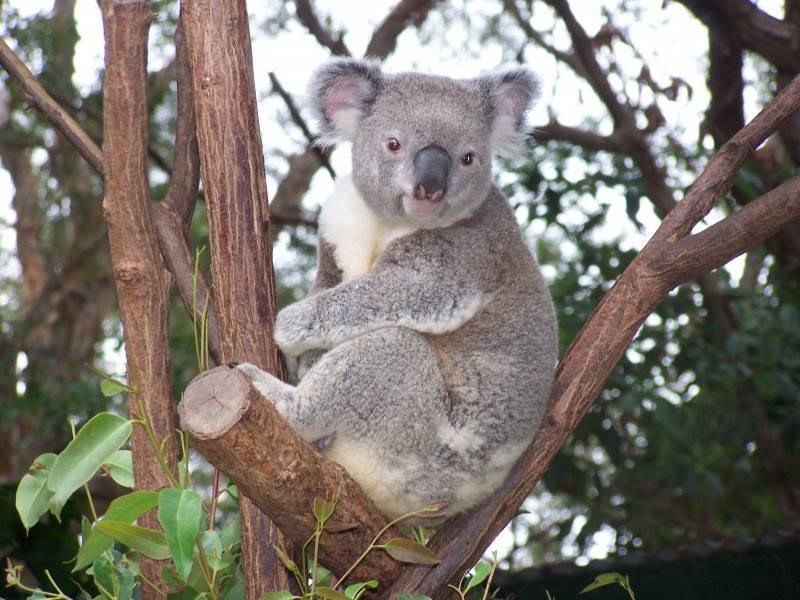
koala
Australia's national treasure - the platypus
By far the strangest animal in Australia, the platypus is extremely rare and is only found in eastern Australia. Male platypuses have glands on their legs that produce the toxin, but this is not fatal to humans. In the wild, the platypus lives about 12 years, however, in captivity, it lives 17 years. Weight ranges from 0.7 to 2.4 kg, and the average length of males is about 50 cm, while females are smaller, with an average total length of 43 cm.
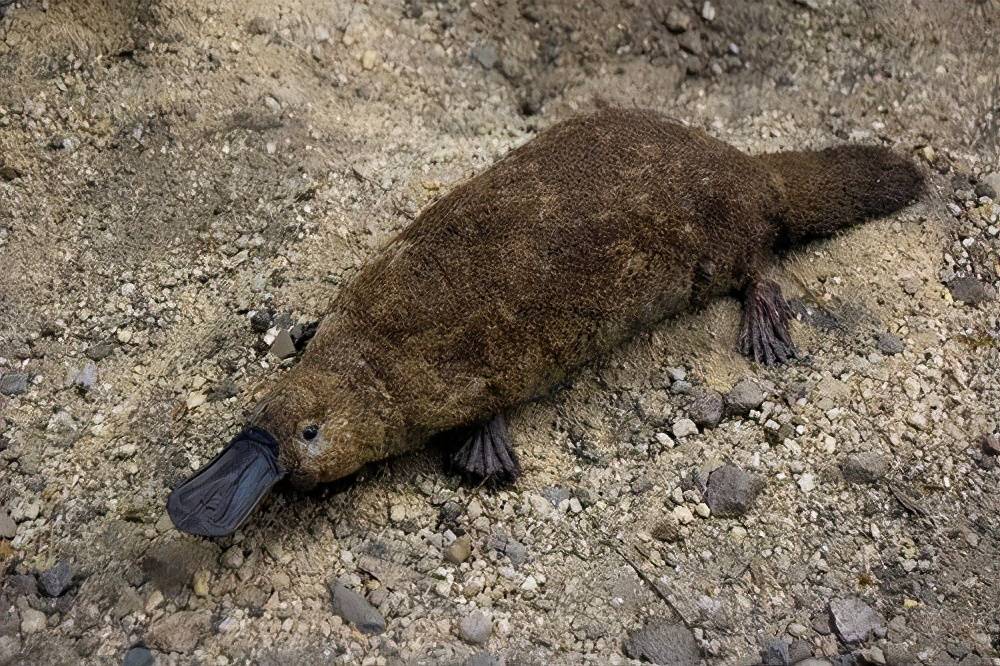
platypus
Wombats have a stout, bear-like body, small eyes, and a rat-like face. They can weigh up to 35 kilograms, have slightly flat skulls, and relatively short noses and faces. Their legs are short and muscular, and their body length is about 1 meter. Their tails are also short, and their bodies are shorter and thicker than koalas. This unique-looking animal lives in burrowing forests, hills, and near the coast in temperate regions. Measuring between 2.5 and 3.5 feet in size, it digs 1-meter-deep burrows and only goes out to feed at night. Preferring to live in groups, this species is a herbivore, preferring to eat grass, roots, shrubs, moss, and bark. Can run 40 miles per hour, but only for short distances. The average lifespan of a wombat is 5 years in the wild and 30 years in captivity.
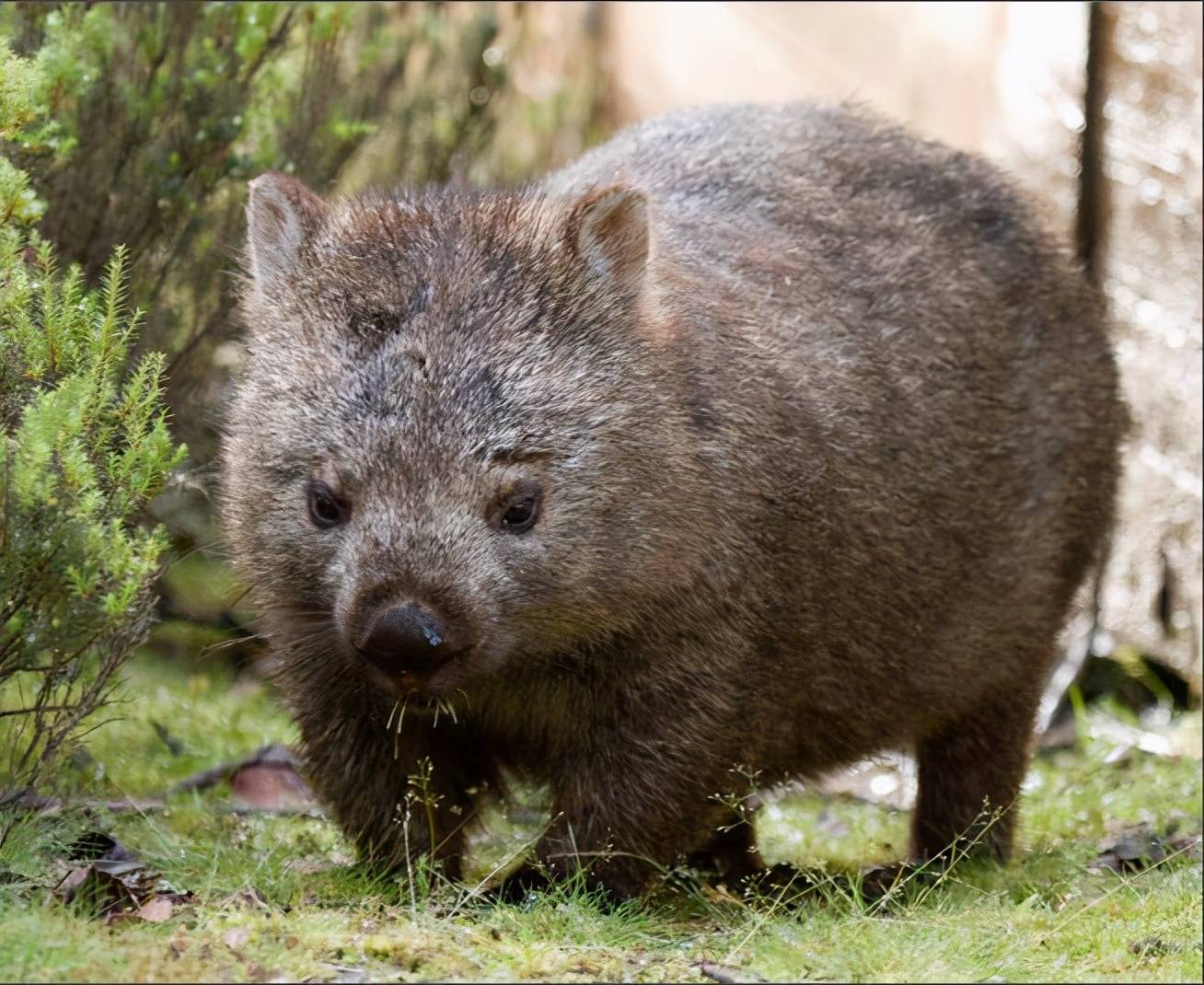
Black Swan
The black swan is native to Australia and is an important member of the swan family. It is a world-famous ornamental rare bird. It is a large swimming bird of the Anatidae family, with a body length of 110-140 cm; a wingspan of 160-200 cm; and a weight of 3.7 -8.75 kg. It has the longest neck among swan species. Distributed in southwestern, southern and eastern Australia. Later it was introduced to Singapore, abroad and some Western European countries. The black swan's feathers are black, its beak is red, and its wings are white. Each year during the breeding season, they build nests in wetlands and lay four to seven eggs. This species has also been introduced to New Zealand and can also be seen abroad in Indonesia and New Guinea. These species are vegetarians and prefer to eat algae and underwater weeds, using their long necks to reach depths in the water.
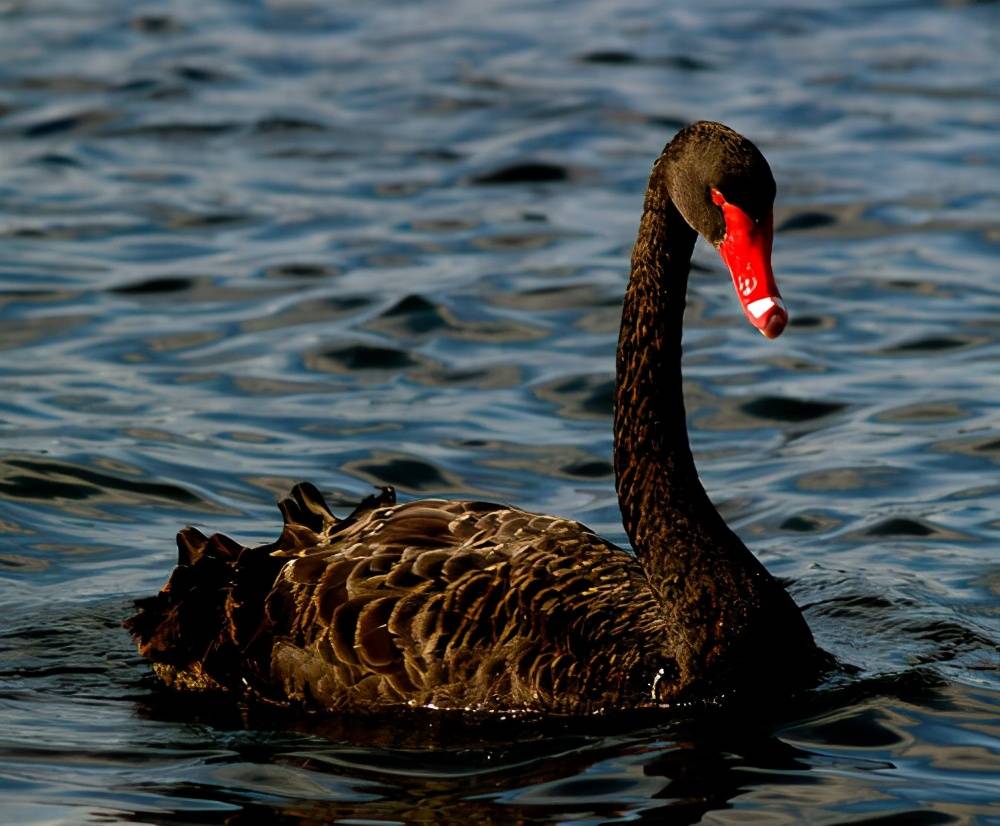
Black Swan
black-shouldered kite
The black-shouldered kite is a medium-sized raptor with a cool appearance and black or white feathers. It is generally 33 to 38 centimeters in length. It has superb flying and gliding abilities, and its stunt of flapping its wings and hovering in the air is unique among the hawk family. It has distinct black and white feathers, bright red eyes, and yellow legs. It mainly feeds on rodents, insects, birds, hares, insects and reptiles in the field.

black-shouldered kite
bilby
The bilby is the smallest marsupial in the world. Body length 55 cm, tail length 23 cm; weight 0.8-2.5 kg. Body shape is slender. It got its name from its oversized ears that resemble a rabbit. The snout is long, pink, hairless and thick. The slender hind legs resemble those of a kangaroo. The fur is soft and long. The back is grey-blue and the belly is white. The long tail is gray and black with a white tip. They are expert diggers and live in burrows to hide from predators such as wild dogs and foxes. Avoid going out for food during the day and often forage at night. They are solitary animals, with males larger than females, gathering only once a year during the mating season.

animal tags: Kangaroo koala platypus wombat bilby
We created this article in conjunction with AI technology, then made sure it was fact-checked and edited by a Animals Top editor.